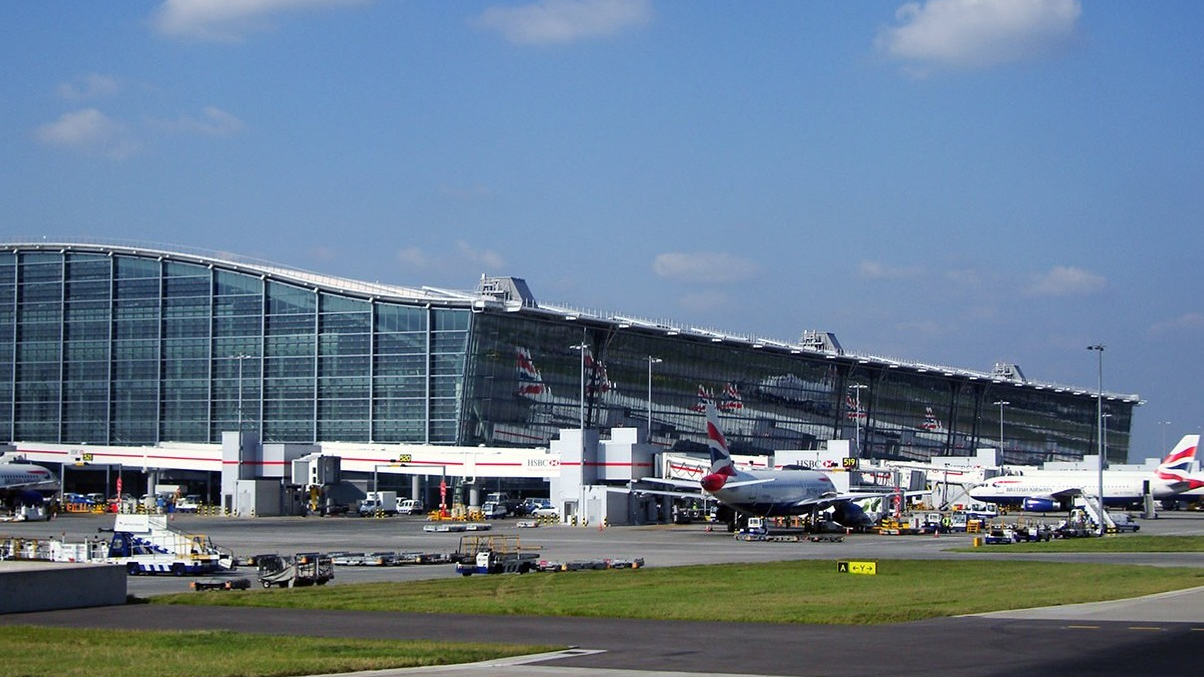China flows into UK infrastructure tipped to soar
Chinese investment into UK infrastructure is set to see a huge jump over the next decade, with sovereign capital likely to be a major driver, according to a new report.

Chinese direct investment into UK infrastructure is set to see a huge jump over the next decade, according to a report* published last week.
Sign in to read on!
Registered users get 2 free articles in 30 days.
Subscribers have full unlimited access to AsianInvestor
Not signed up? New users get 2 free articles per month, plus a 7-day unlimited free trial.
¬ Haymarket Media Limited. All rights reserved.


